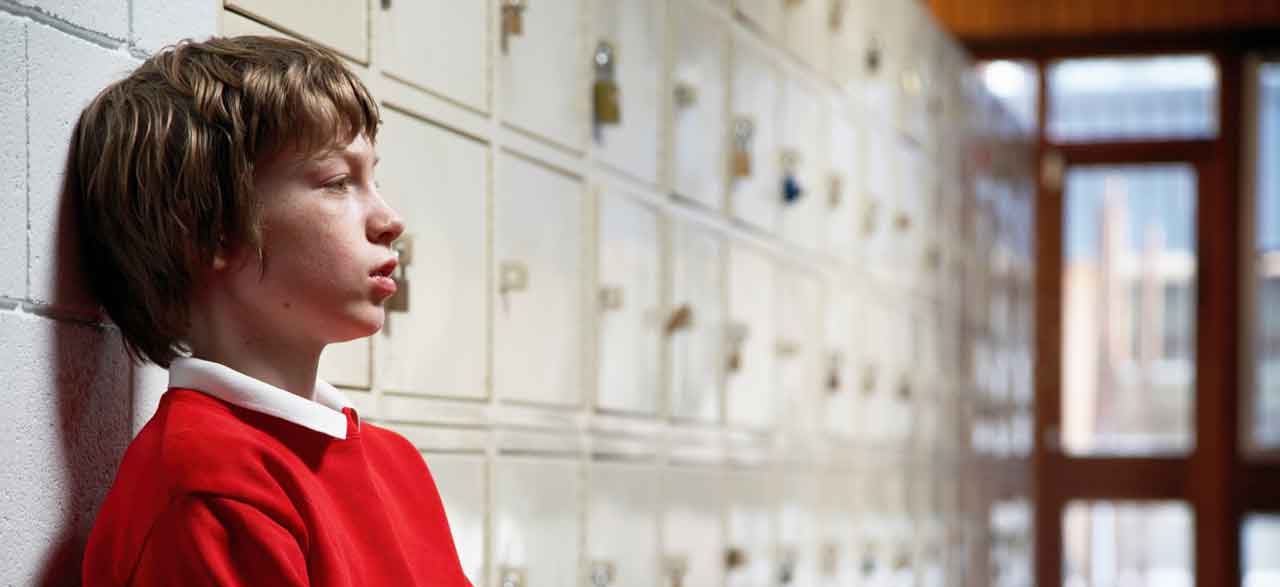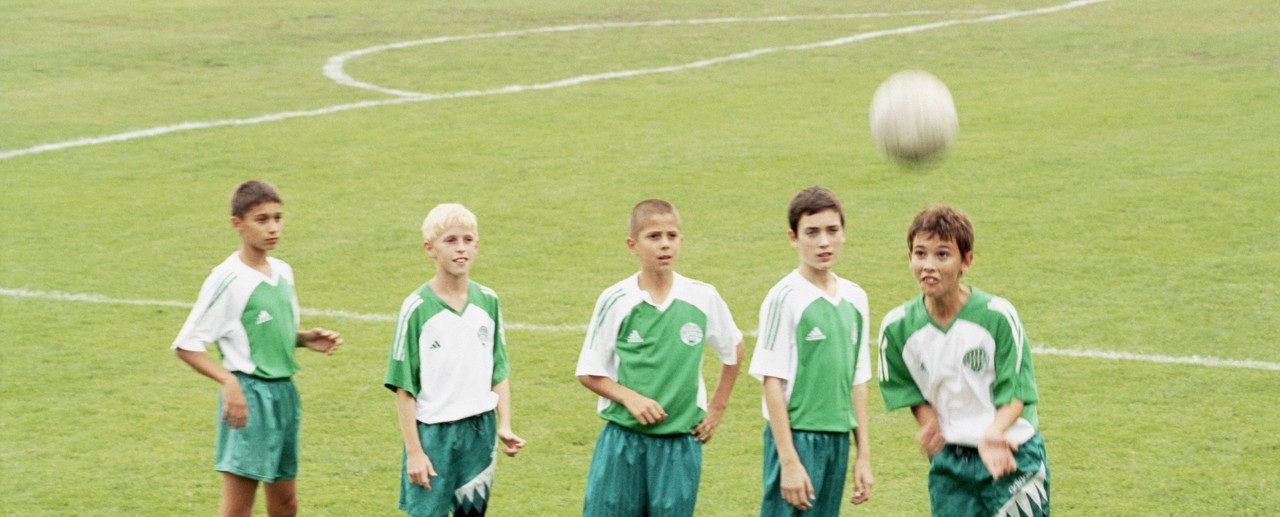February 23, 2018
How to Treat Depression in Children and Adolescents

Depression is a complex disorder, one that can cause substantial impairment. And while it may be thought of as an adult disorder, depression can manifest in children and adolescents. If fact, such “early onset” is an especially important marker of increased risk for future episodes of depression in adulthood with increasing severity. As such, it is important for parents and caretakers to be aware of the possibility of depression in children and adolescents – and be aware of the empirically studied treatment options.
YOU MIGHT ALSO LIKE: Coming to Your Child’s Emotional Rescue
A good place to start is with the recognition that depression is not an uncommon disorder. For example, it has been estimated that around 3 million adolescents – between the ages of 12 and 17 – experienced at least one clinically significant episode of depression in 2015, which represents over 12 percent of all adolescents in this age bracket in the U.S. While depression prior to the teenage years is less common, it is nonetheless important to know that it can onset during childhood.
Depression can be tricky to spot. All children and adolescents can experience down moods, and periodic sadness. However, depression is more than just being down or sad. Yes, extreme sadness, being tearful, and having episodes of crying are certainly important signs, especially when these indicators are more frequent and intense. But there are other symptoms as well. Irritability and hostility may increase. There can be a loss of pleasure in activities that are favorites, and withdrawal and avoidance of social interactions, even with friends. Changes in sleep (either more or less) and appetite (either more or less) can also occur. There is no one constellation that defines depression, and of course all people can experience depression differently. However, you should be aware of any of these symptoms, and if other symptoms of depression become evident as well. It’s more about seeing more and more signs (as well as severity) rather than specific ones – if you see your child experiencing more than one or two of these symptoms in concert, it should get your attention. Also be aware that depression can be episodic, especially when it becomes severe, meaning that it can seem to come out of nowhere. Symptoms in pre-adolescents can be harder to spot, but again if you look for how different symptoms cluster, that can be telling.
Treatment options should be considered essential. In the moment, depression can have many negative consequences for youth. First and foremost, a depressed youth is suffering. In addition, many facets of their life (academic, social, personal) can become compromised, creating a burden for them. There is an association with increased risk for suicide. And, as noted earlier, onsets prior to adulthood predict future, more severe episodes.
In terms of research, there are a few basic findings to keep in mind. These should of course be discussed with a practitioner who is trained to treat depression in youth. Depression is a complex disorder – especially so in youth – and any practitioner who does not have the specialized training and knowledge should not treat it.
Two fundamental types of treatments have been shown to be of benefit for youth.
First, individual therapy is a first line option, one with substantial backing by research. Of particular note is cognitive-behavioral therapy, which has been shown to be of clinical value across a multitude of studies. This is short term, face-to-face therapy, and it is important to not only find a therapist who is trained to treat depression in this age group but also to acknowledge that there needs to be a good “match” between child and therapist, especially as some youth may be reluctant to engage in therapy. So the goal is to find an appropriately qualified therapist, and then to find one who seems to strike a good rapport with the child.
Drug treatments for depression have yielded more mixed results – and have been the subject of some controversies – even though pharmacological treatments have been shown to be more effective in adults. There is emerging evidence that some drug trials have been producing more consistent and positive effects for adolescents, particularly with the “newer” antidepressants that are now available. The evidence for children is even murkier. As such, parents and caretakers will need to move slowly and deliberately with practitioners to evaluate the pros and cons of drug therapy. And bear in mind that starting on an antidepressant does not mean that psychological therapy is not necessary – in fact, it’s typically always in the mix.
While there are many challenges in recognizing signs of depression, being vigilant is best practice for parents and caretakers during an age where we are seeing especially high rates of depression in youth. And being informed about the broad conclusions from research on therapies for depression will facilitate finding, and collaborating with, the right professionals.


